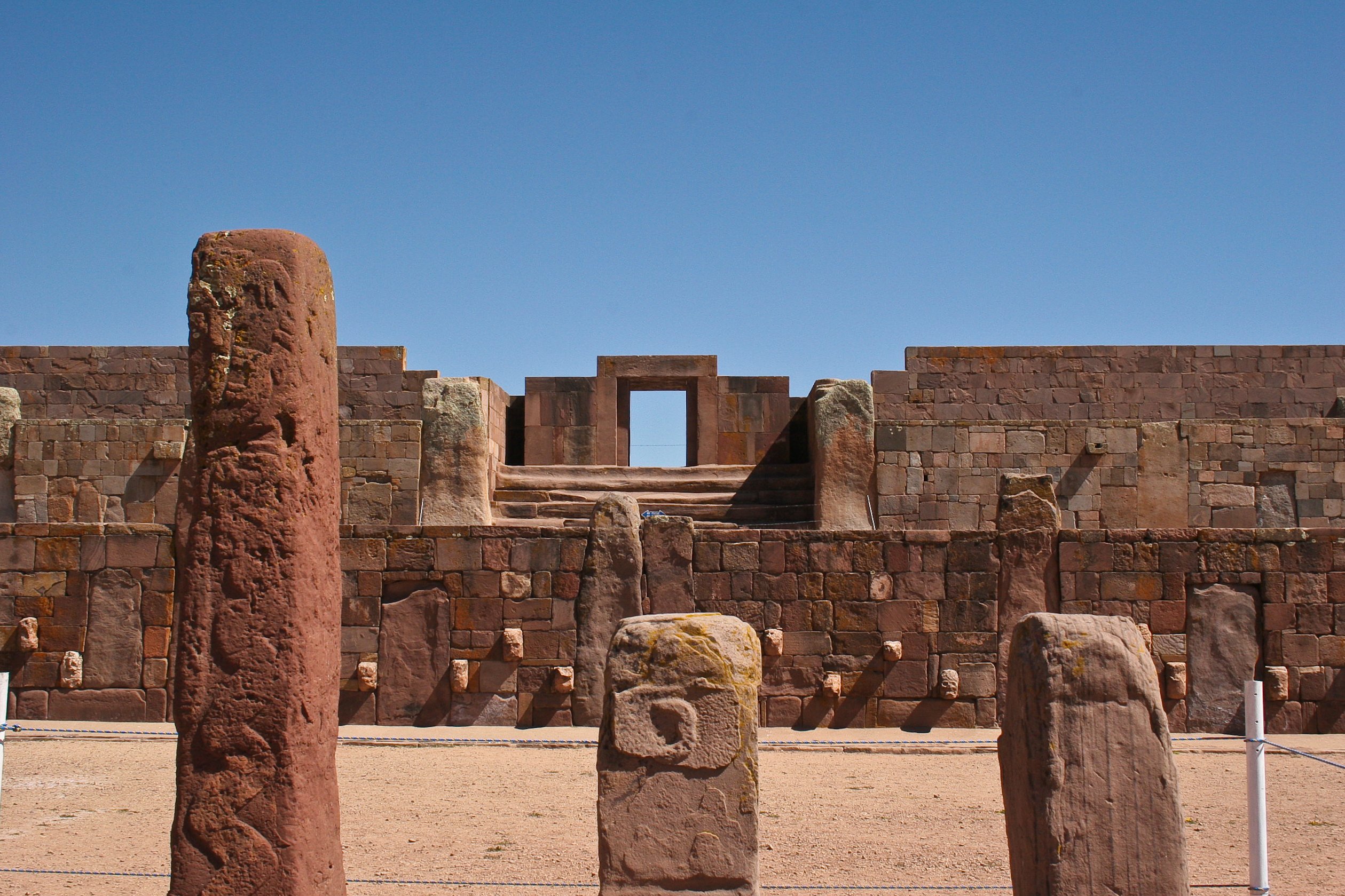🇧🇴map Bolivia [Overview]

Bolivia, known in Spanish as Estado Plurinacional de Bolivia, sits at the heart of South America, tucked between Brazil, Paraguay, Argentina, Chile, and Peru. It spans the high Andes, the altiplano, and lowland Amazonian forests, so you can go from snowcapped peaks to steamy jungle in a day. The country has roughly 12 million people, with a large share living in the high-altitude cities of La Paz and El Alto, and the rapidly growing lowland hub of Santa Cruz. Although landlocked, Bolivia maintains a navy that trains on Lake Titicaca and rivers—a point of pride rooted in the country’s history and a reminder that geography doesn’t define identity.
Travelers notice quickly that Bolivia moves at its own rhythm. In La Paz, cable cars glide over steep neighborhoods, linking the metropolitan sprawl more efficiently than many road systems. In the markets you’ll hear Spanish and indigenous languages in equal measure, and you’ll see everything from business suits to bowler hats paired with layered pollera skirts. The mix of cultures is not a side note here—it’s a living framework that shapes daily life, politics, and celebrations. For expatriates and digital nomads, the cost of living can be modest, but the altitude, cash-based transactions, and regional differences require a bit of patience and flexibility.
Economy
Bolivia’s economy blends traditional livelihoods with modern services. Many people work in agriculture—think quinoa, coffee, cacao, and soy in the lowlands—while others make a living in informal commerce, transportation, and public services. In cities, you’ll find growing sectors like retail, hospitality, call centers, and government administration. Mining remains a pillar: the country holds significant reserves of natural gas and minerals such as zinc, silver, tin, and lithium, with the Uyuni salt flat drawing the most attention for future battery supply chains.
Being landlocked shapes Bolivia’s connectivity. Most international trade moves by road and rail to Chilean and Peruvian ports, and to Brazil and Argentina by land and river corridors. Air links connect La Paz, Santa Cruz, and Cochabamba with regional hubs like Lima, São Paulo, Buenos Aires, and Panama City. Bolivia is a member of regional organizations such as the Andean Community and MERCOSUR (as an associate), which help ease cross-border movement of goods and people. For remote workers, internet quality varies—major cities offer decent broadband and mobile data, while smaller towns can be inconsistent—so plan your workspace with that in mind.
Culture
Spanish is widely spoken, and you’ll also hear Aymara and Quechua across the highlands, along with other indigenous languages in the Amazonian east. Bolivia is one of Latin America’s most indigenous countries, with Aymara and Quechua communities especially visible in and around La Paz, Potosí, and Cochabamba, and diverse lowland groups in Beni, Pando, and Santa Cruz. The country’s story reaches back to Tiwanaku and Inca civilizations, the silver boom of colonial Potosí, and a republican era defined by cycles of reform, resource exports, and a modern embrace of plurinational identity.
Bolivians care deeply about family, regional pride, and local traditions—music, dance, and food anchor community life. Roman Catholicism remains the largest religion, often blended with indigenous beliefs and rituals, a fusion felt during festivals and offerings to Pachamama, or Mother Earth. Expect the year to be punctuated by Carnival in Oruro with its famous Diablada dance, Aymara New Year (Willkakuti) around the June solstice, and Alasitas in La Paz, where miniature purchases symbolize wishes for the year ahead. National holidays like Independence Day on August 6 and Día de los Muertos in early November bring the country together with parades, family gatherings, and tables filled with breads, fruits, and flowers.
Maria
Maria is a bilingual travel writer and immigration consultant originally from Mexico City, with extensive
experience living and working across Latin America. She spent her early career as a journalist covering
cross-border migration and expatriate communities throughout Central and South America. Having personally
navigated complex visa processes in multiple countries including the United States and Spain,
Maria understands firsthand the challenges faced by Latin American professionals seeking international
opportunities.
Published: 2025-08-01